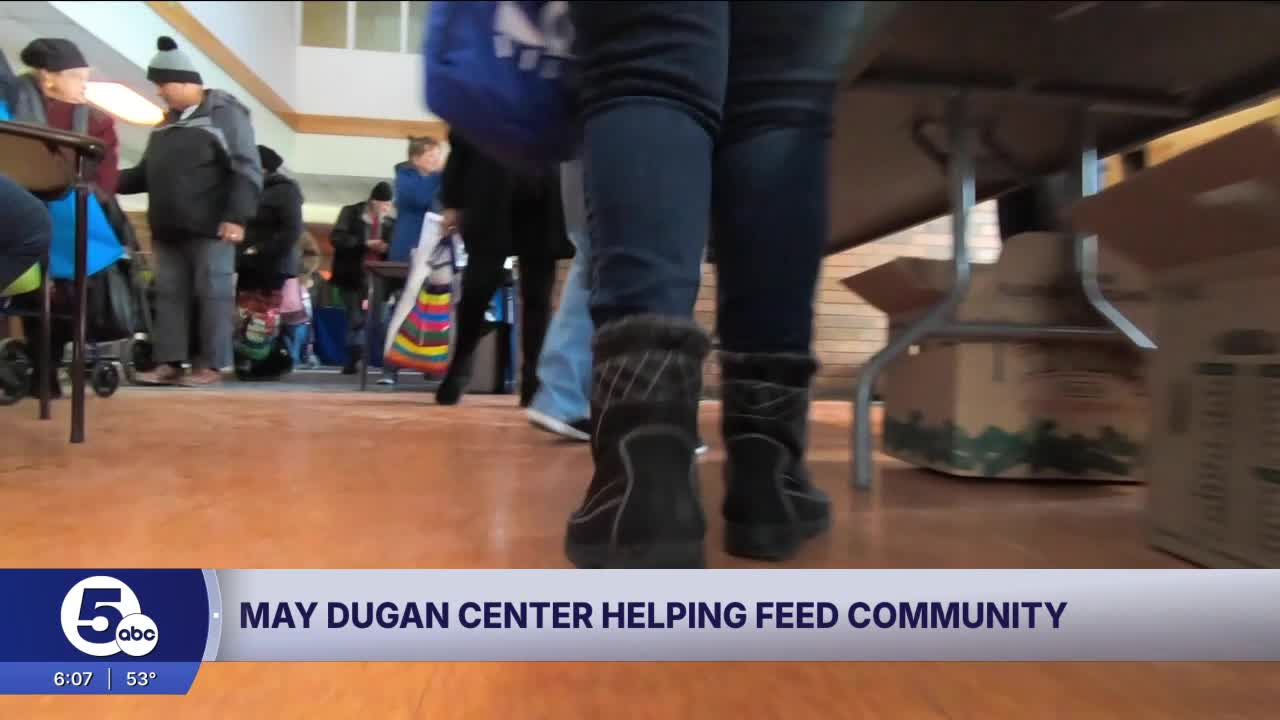CLEVELAND — Another Cleveland nonprofit is stepping up to help fill the gap in SNAP benefits during the federal government shutdown.
This week, the May Dugan Center at 4115 Bridge Avenue on Cleveland’s west side is expanding its food pantry capacity by 80% to meet the increasing need.
“We have increased our capacity to serve up to 4,500,” said Andy Trares, executive director of the May Dugan Center. “So, about 2,000 more than we do on a normal week.”
Trares said some are new families and individuals, while others are regulars who have already been coming more often than usual in the past couple of weeks. Last week, they said they provided food to 20% more families than normal.
They said more than 190,000 people in Cuyahoga County face uncertainty over November SNAP benefits, including when distribution of funds will resume.
People can stop by May Dugan Wednesday, Nov. 5, and Friday, Nov. 7, from 11 a.m. to 2 p.m., both days, to receive groceries and fresh produce.
“It's definitely putting a strain on a lot of our operations,” said Trares. “We definitely need more food, more volunteers, [and] additional financial support from the community. We're doing our best to increase as much as possible to provide essential food into the community, and we can do it in a short-term basis, but without community support, we wouldn't be able to do it long-term.”
Trares said emergency food assistance funds recently announced from the City of Cleveland, Cuyahoga County, The Cleveland Foundation, the Gund Foundation, and Cleveland sports teams are helping support the Greater Cleveland Food Bank, which is passing that along to member agencies like the May Dugan Center with free food.
“Any product we would order through the food bank will be free for the month of November to help get us through this,” said Trares. “So, we appreciate the support, but that doesn’t translate to the on-the-ground support at May Dugan.”
He said while they can help in the short term, covering the loss of SNAP benefits is unsustainable locally.
“Over $35 million a month in SNAP benefits come to our community,” he said. “And there's no way to replace that locally long-term. We can cover and help the most vulnerable, and we can help people get through, but long-term people do need those SNAP benefits so they can provide food for their families and keep everyone fed in their households.”




